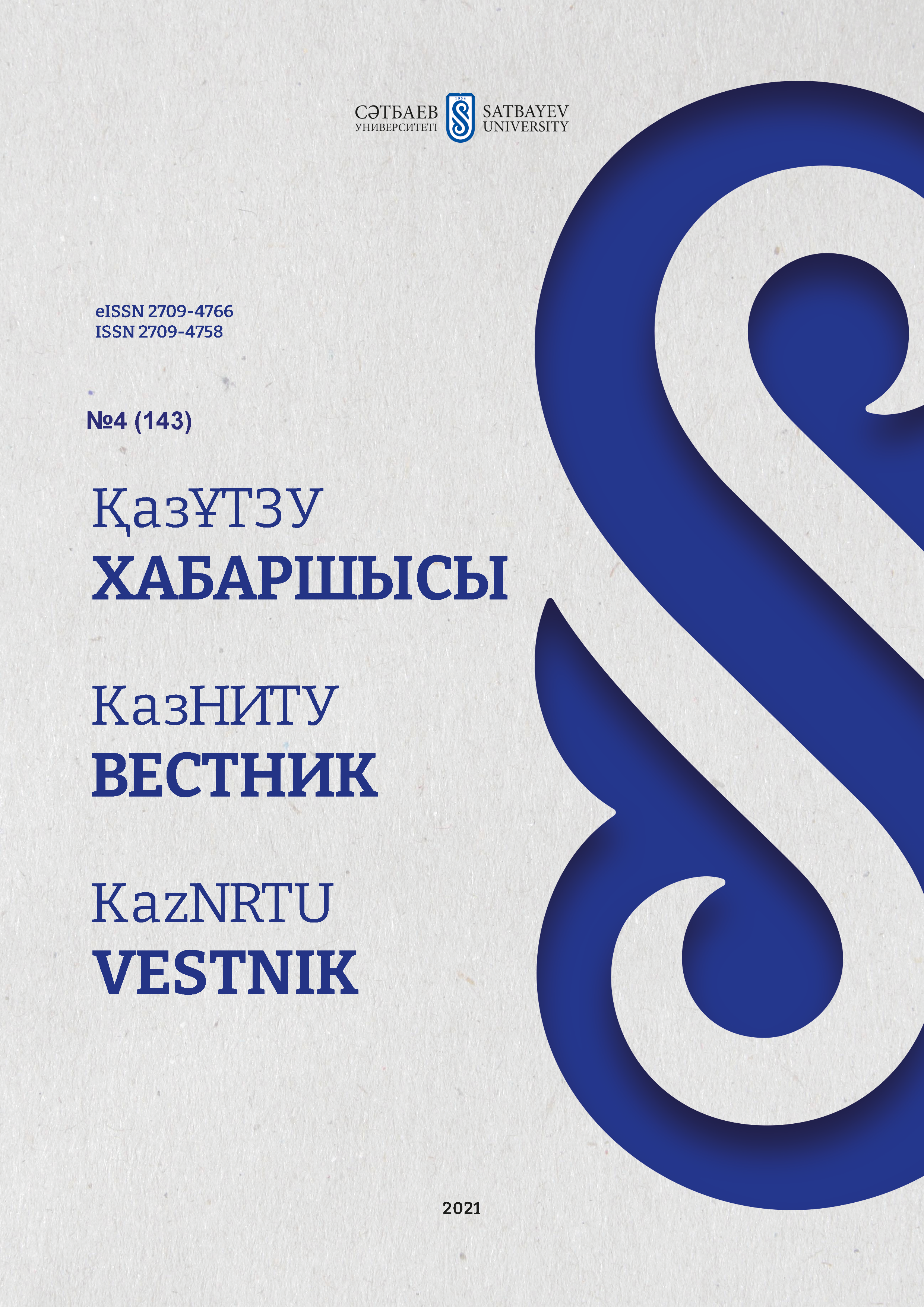Surface energy anisotropy of cubic high-entropy alloys and coatings
DOI:
https://doi.org/10.51301/vest.su.2021.i4.11Keywords:
high-entropy alloy, surface layer thickness, surface energy, amorphous metals.Abstract
The empirical model proposed by us makes it possible to calculate the thickness of the surface of a high-entropy alloy and the anisotropy of its surface energy. Cubic equiatomic compounds with an fcc structure were taken for the study. It was found that these structures in the surface layer have an average thickness of about 2 nm, which represents 5-6 monolayers, which are confirmed by reconstruction or relaxation of the alloy surface. These structures are nanostructured formations. It turns out that the thickness of the surface of these layers is approximately the same as the thickness of the surface of amorphous metals layers. They also have approximately the same hardness of 500-800 HV, but 2-3 times higher than the hardness of stainless steels - 200-400 HV. From our point of view, there is much in common between high-entropy alloys and amorphous metals, despite the fact that the former are crystalline, and the latter are amorphous. In the proposed empirical model, it is shown that the maximum surface energy is attained in the [111] plane. It is also shown that the melting temperature of different faces becomes different and, with a decrease in the particle size, it changes according to the hyperbolic law.
Downloads
Published
How to Cite
Issue
Section
License
Copyright (c) 2021 VESTNIK KAZNRTU

This work is licensed under a Creative Commons Attribution-NonCommercial-NoDerivatives 4.0 International License.
<div class="pkpfooter-son">
<a rel="license" href="http://creativecommons.org/licenses/by-nc/4.0/"><img alt="Creative Commons License" style="border-width:0" src="https://i.creativecommons.org/l/by-nc/4.0/80x15.png"></a><br>This work is licensed under a <a rel="license" href="http://creativecommons.org/licenses/by-nc/4.0/">Creative Commons Attribution-NonCommercial 4.0 International License</a>.
</div>





